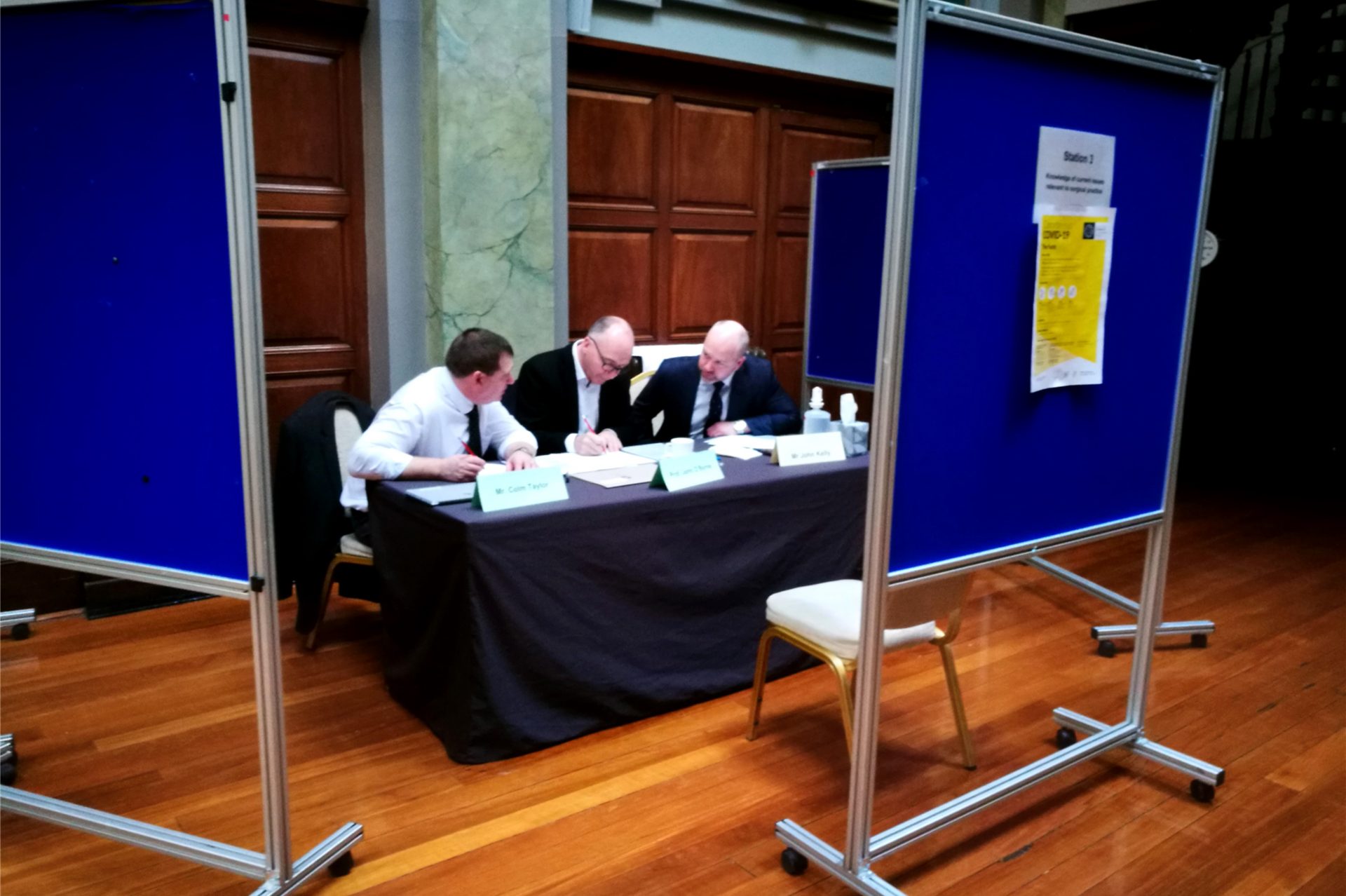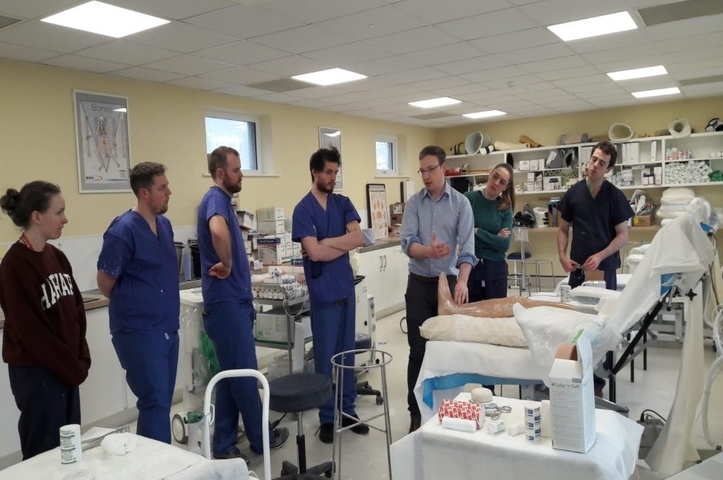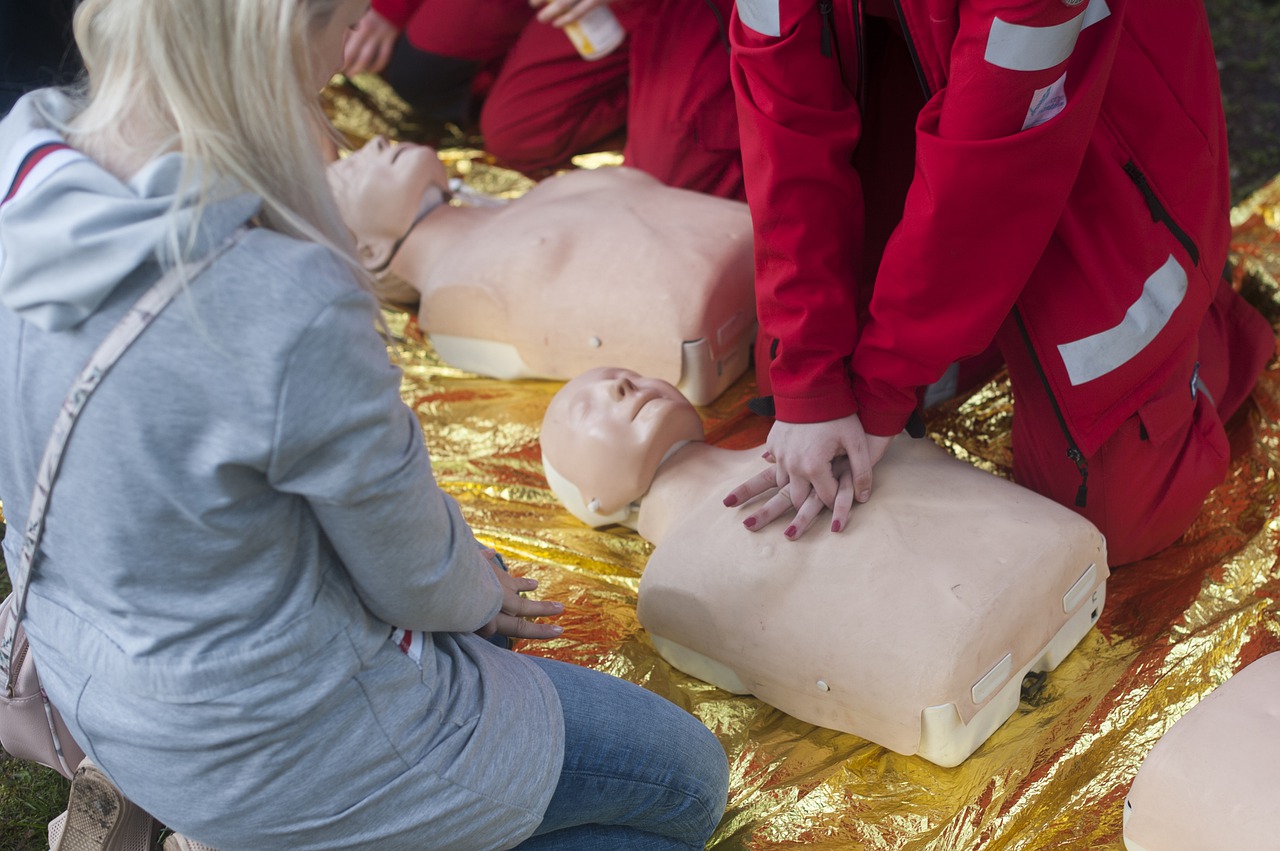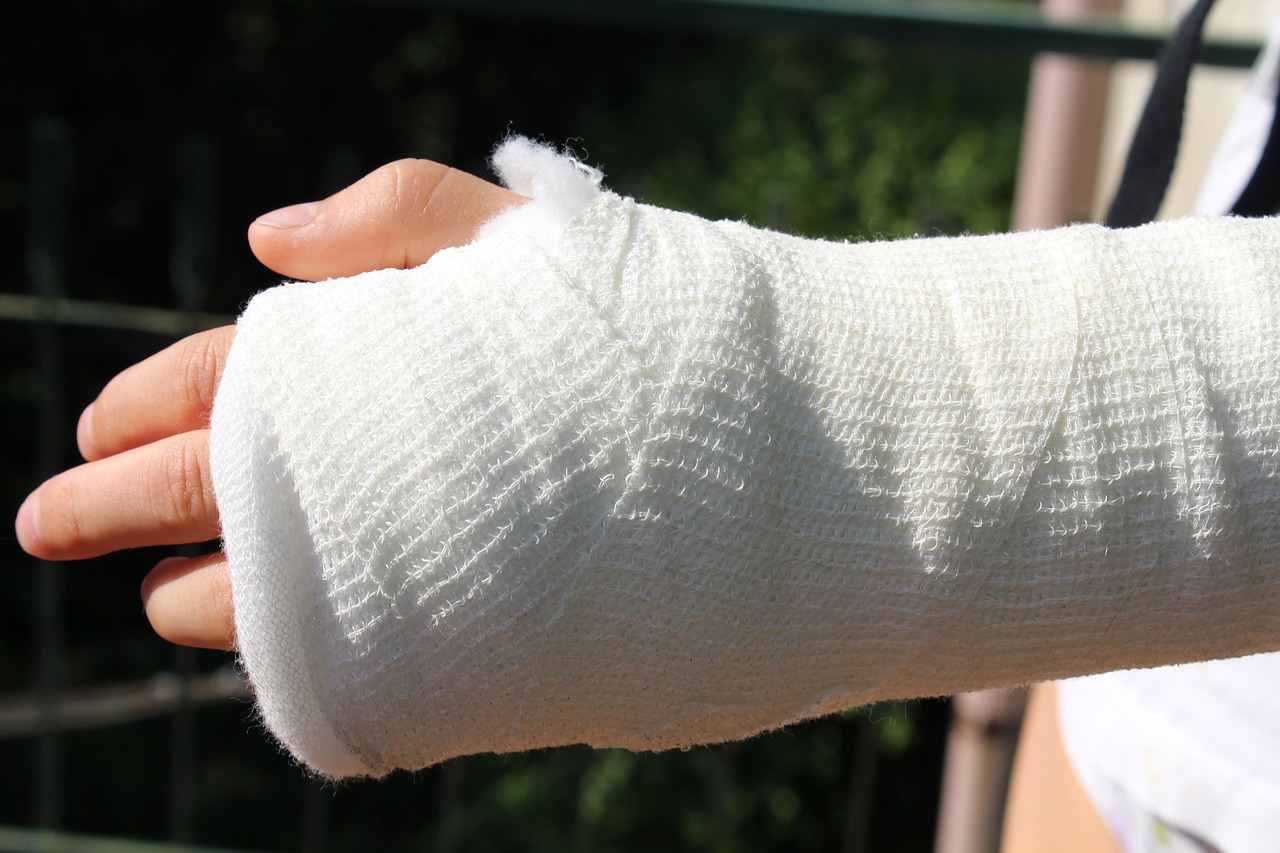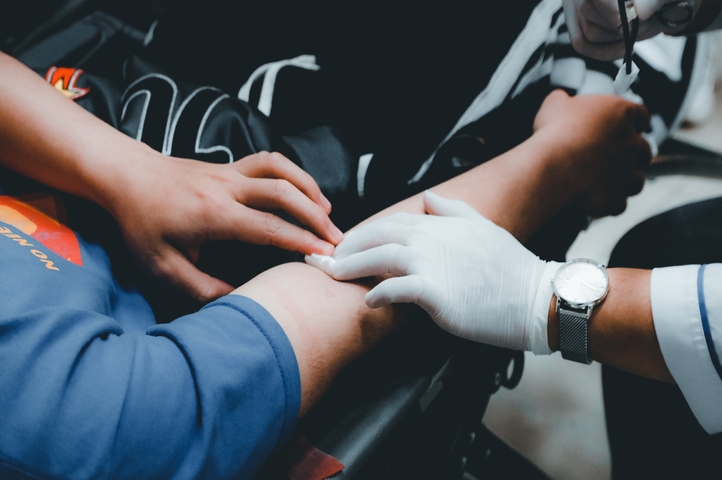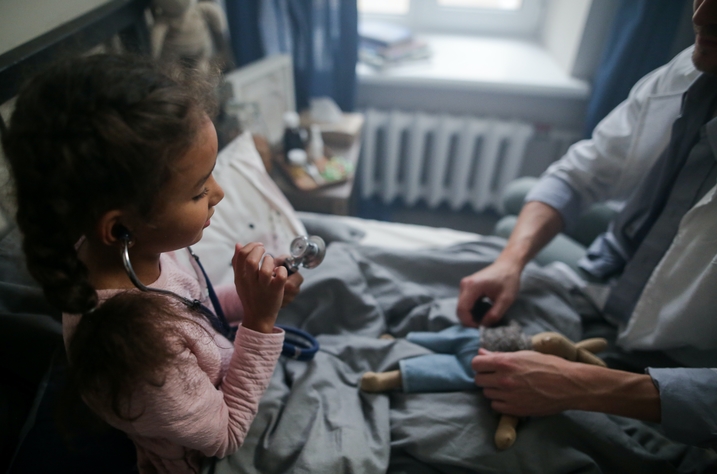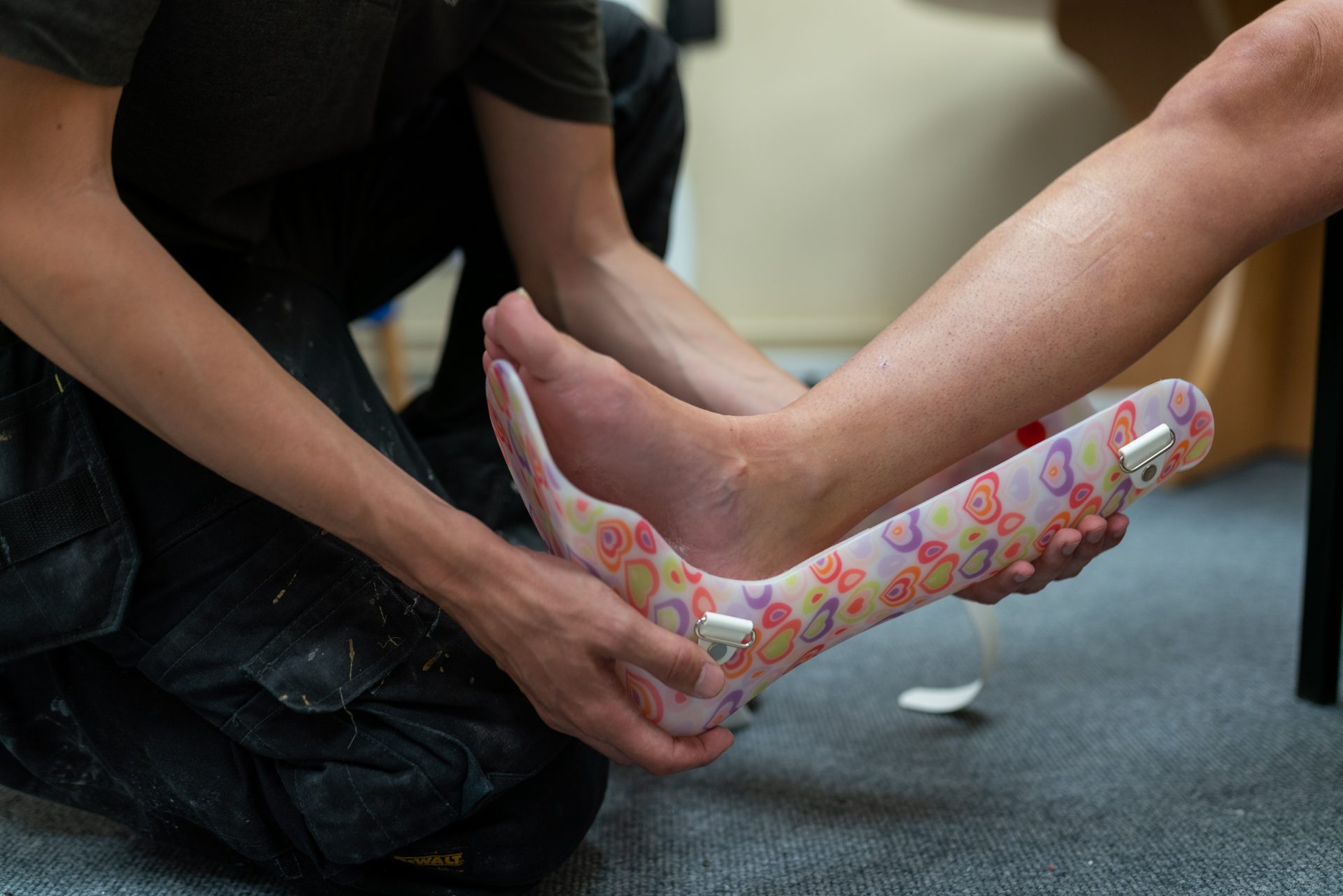The Irish Institute of Orthopaedic Surgeons was formed in 1972. Its functions included determining the need for new orthopaedic appointments, involvement in the replacement of those retiring, and a commitment to develop a training program in line with that being established in the UK under the auspices of the Specialist Advisory Committee (SAC) of the Joint Committee of the Royal Colleges of Surgeons.

Slipped Upper Femoral Epiphysis (SUFE)
Slipped Upper Femoral Epiphysis
This is a condition in children and teenagers where the head of the femur slips off the neck of the bone at the growth plate. This causes pain, stiffness and instability at the hip joint. It’s like a scoop of ice cream falling off the top of a cone.
Anatomy
The bone end in any long bone in the body is called the epiphysis. Beneath the epiphysis in long bones that are still growing is the growth plate or physis. Bone growth thus occurs at each end of the bone from developing cartilage at the growth plate.
(From American Academy of Orthopaedic Surgeons Website)
Description
A slipped upper femoral epiphysis can occur gradually or suddenly. It may be the result of an injury or fall but often there is no precipitating trauma. In SUFE, the epiphysis slips down and backwards off the growth plate. SUFE is not common, the incidence rate is about 1 per 10,000 children with boys more affected than girls. It most commonly occurs between 10 and 16 years of age.
Causes
The exact cause of a SUFE is not known. The risk of a SUFE occurring in any child is increased by obesity as well as in children with hormonal medical conditions such as hypothyroidism.
Symptoms
Pain and discomfort in hip, groin, thigh or knee will vary in severity depending on the severity of the slip. It may vary from an altered walk or limp to an inability to put any weight on the affected side. The pain is usually accentuated with activity such as running or jumping.
Doctor Examination
It is important to see a doctor for any child with a limp or an inability to weight bear.
First Aid
Simple analgesia such as ibuprofen and paracetamol should be commenced.
Physical Examination
During the examination, your doctor will firstly ascertain whether the child can stand or walk and will look to observe for a limp or other abnormality in gait. The doctor will also examine the range of motion in the hip and look to see if this is causing any pain.
An abdominal and scrotal examination will also be carried out to look for non-orthopaedic conditions such as appendicitis or testicular torsion that can have similar symptoms.
Additional Tests
SUFE is most commonly diagnosed using an Xray and sometimes MRI scan.
Treatment
Treatment of a SUFE aims to prevent further displacement of the slipped epiphysis and this is achieved by surgery. Once a SUFE is diagnosed the surgery is usually performed within 24 hours as an emergency. Until surgery the patient is usually kept on bed rest with no weight bearing allowed on the affected side.
Surgical Procedure
The standard surgical treatment for a SUFE is to fix the epiphysis in-situ using a single metal screw. This screw is passed into the femur through a small incision at the hip joint. In the rare instances where the slip is very severe, a larger incision may be required in order to reposition the epiphysis before fixing with a metal screw.
(From the American Academy of Orthopaedic Surgeons Website)
Recovery from Surgery
Patients will usually return home the day following surgery. Stiches are usually dissolvable. It is usual that no weight bearing can take place on the operated side for 4 to 6 weeks after the operation and this requires the use of crutches. Rest from sport is not usually longer than 3 months.
Long-Term Outcomes
The majority of children make a full recovery following their operation with no consequent long term complications.
A slipped upper femoral epiphysis is associated with a risk of damage to the blood supply of the epiphysis. This can occur in up to 10% of cases and a condition known as avascular necrosis may occur.
The cartilage that lines the outside of the epiphysis can degenerate over time and this can become a risk for arthritis in the hip joint.
Up to 40% of children who develop a SUFE in one hip will go on to develop a second SUFE in the other hip. Parental awareness and appropriate follow up and surveillance for this will be arranged by your doctor.








